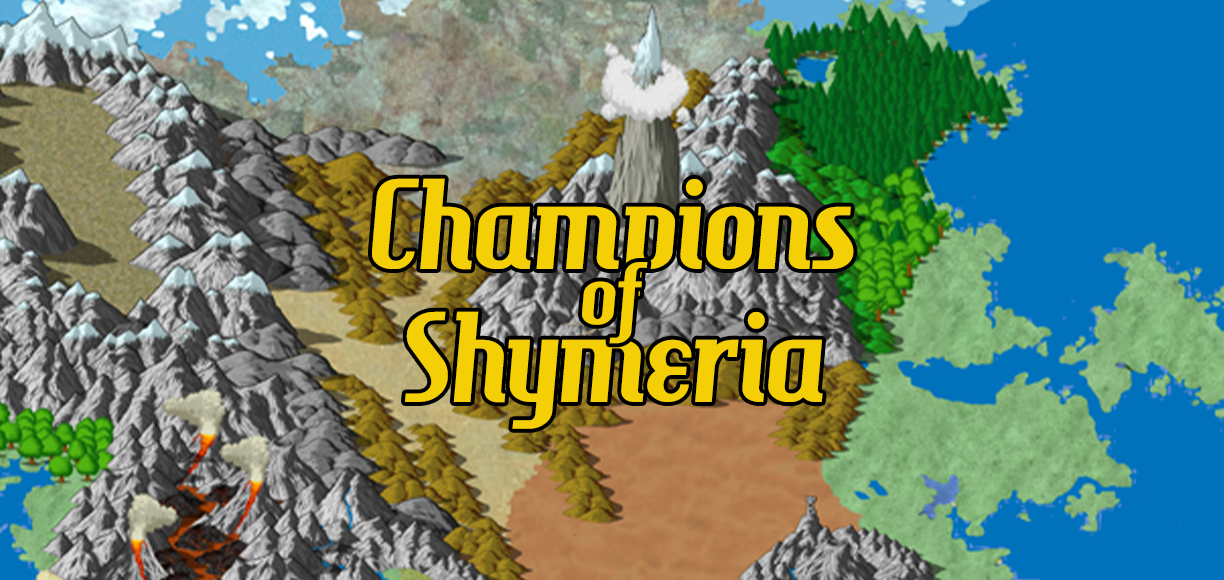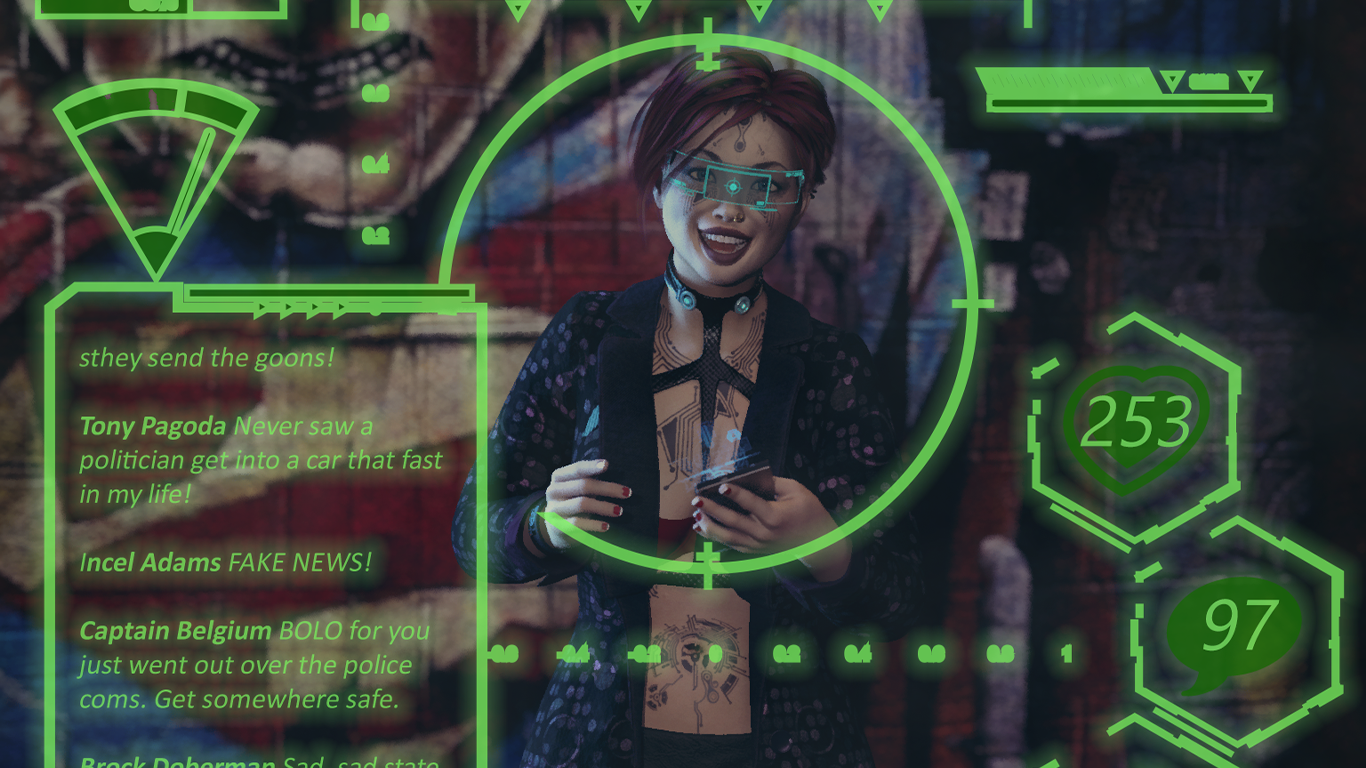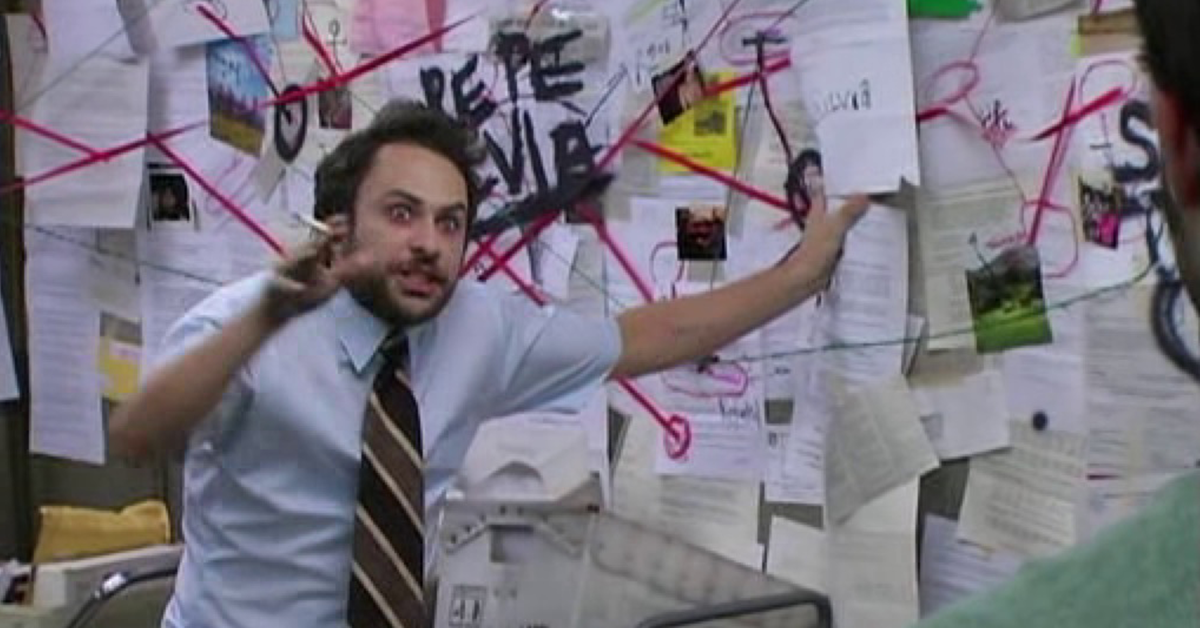We may earn money or products from the companies mentioned in this post.
Now that you’ve got the ficton lined out, it’s time to start thinking about the rules, and character creation is usually the best place to start. By this point, you’ve probably got a pretty good idea of what kind of characters the PCs can choose from, so all you’ve got to do is figure how to create those characters using the Cinemechanix rules. What’s the starting Hero Factor? Are there any additions or changes to the Character Concept traits? Do any of those traits need their own templates or special rules? What Tropes are the characters likely to possess, and do any of those require detailed explanations or special rules? In this post, I’ll put together the character creation rules for Guardians of Shymeria.
[Editor’s Note: The rules references here are to an older version of Cinemechanix and may or not be applicable to the current version.]
Hero Factor
Since characters need to know their Hero Factor to determine how many Trademark Boosts they get, what their Stamina is, and possibly how certain Special Effects work, it’s the best place to start. Usually all the PCs have the same Hero Factor, but they don’t have to. If varying levels of character competence are especially relevant to the game you’re playing, you might want to come up with some trade-offs to encourage players to choose something other than the highest Hero Factor available. For example, your Buffy game might divide PCs into Zeppos, White Hats, and Champions with starting Hero Factors of 3, 4, and 5. Unless a Scooby Gang made up entirely of Slayers and Vampires With Souls (™) works for the game you’re running, you’ll probably want to give players an incentive to make some Xanders and Taras. Maybe they can leave more Trademark Boosts unallocated (allowing them to add new Trademarks once play has begun) or get bonus starting Acclaim.
The Guardians of Shymeria are heroes of the realm with weird powers, so 6 seems like a good starting Hero Factor, and we’ll let them leave 1 Trademark unallocated. Since Saturday morning adventure cartoons have a long tradition of sidekicks (like Orko) who are less powerful than the other heroes, it makes sense to have a sidekick option, but even sidekicks should probably have at least a Hero Factor 4. For each point below 6, a sidekick character can either leave an additional Trademark unallocated OR start the game with an additional Accessory (see below).
Character Concept
The next step is to decide what changes or additions need to be made to the Character Concept traits. For this game, Role and Backstory work fine as-is, but Fatal Flaw as written is a little heavy for an action figure, and lots of cartoon characters don’t really have flaws. We’re going to make Fatal Flaw an optional trait. If you want an extra way to earn Acclaim (by playing your Fatal Flaw well), take one. If you don’t want to bother with it, don’t If players do take a Fatal Flaw, it needs to be appropriate the genre. Most cartoon Fatal Flaws are faults that are usually played for laughs (Shaggy’s gluttony), serve as character hooks (Johnny Bravo’s arrogance), or are positive traits that the character takes to ridiculous extremes (Marcie’s loyalty to Peppermint Patty). Things like alcoholism and sex addiction aren’t really appropriate here, and major subplots dealing seriously with Fatal Flaws will be a rarity in this kind of game. Very Special Episodes, on the other hand, are completely appropriate.
We also want to add three additional traits to the Character Concept:
- Origin usually describes the character’s race or the origin of his special abilities (especially Toy Gimmick). Examples include Snuk, Human, Mutant, Robot, Plant Creature, Human From Another World, Chosen One, etc.
- Toy Gimmick is the cool thing that makes kids want the toy. Most are physical aspects of the character, but some Toy Gimmicks can be tied to accessories, pets, powers, etc.
- Accessories: These are things like swords, shields, pets, vehicles, etc. that come with the action figure. A character can either choose 2 small accessories (weapons, regular pets, standard equipment) or one large accessory (usually a mount, battle pet, or vehicle–basically anything that could have been Sold Separately). A character’s accessories function as 1-Boost Signature Props. Also, since they’re a Concept Trait, characters always get a Concept Bump for rolls involving Accessories.
Trademarks
Tropes and Drawbacks work normally, so you just need to come up with a list of common ones for the players to choose from or use for inspiration. There’s a list later.
Special Effects
A character’s Special Effects can come from their Role, Origin, Toy Gimmick, or Accessories. Since these are so diverse, most will be determined by the GM on a case-by-case basis, but a few common character types (like wizards and members of established races) have Special Effects that are defined by specific templates or rules systems. While I (and by extension, the Cinemechanix rules) don’t believe in the idea of “game balance” as implemented by most games (He-Man is more powerful than Man-At-Arms. Deal with it.), the GM does need to try to make sure that everyone has some cool abilities and something to contribute and that no single character is so ridiculously powerful or versatile that the other characters are unnecessary. This is mostly a matter of context, not math.
Other Stuff
Since we know from prior discussion about the game that we’re going to have a Sorceress and a Snuk, we need to at least work out the abilities of the Snuk race and decide whether there any special considerations for creating a magic-using character.
Snuks
Right now all we know about the Snuks are that they’re “kind of a cross between Tusken Raiders and Dwarves” (though I’m beginning to think “Krynn Gnome” might be more accurate than “Dwarf”). Basically, they’re little hairy guys who scavenge around in the ruins and either restore ancient inventions or use the parts to build their own crazy contraptions. We’ll want to come up with more flavor eventually (maybe some of it during play), but for now we just need to know what kind of Special Effects come with the template:
Snuks can see as well in total darkness as they can in daylight
Snuks get a Concept Bump for rolls involving scavenging, stealth, Scarred Lands survival or lore, and inventing or repairing technological items.
When a Snuk’s small stature put him at an advantage or disadvantage, the GM should award Boosts or impose Drops appropriate to the situation
Snuks are very sensitive to fluctuations in Contrivium energy. Whenever a Snuk is near a large source of hidden Contrivium, the GM should make s secret roll to determine whether the character senses the Contrivium. Snuks can also use this ability to determine how much longer a Contrivium-powered device will last before running out of power.
Magic
In most cases, Magic simply allows a character to substitute a magic roll for some other kind of roll. For example, a character who throws a magical blast at an opponent makes a normal attack role based on magic-related traits rather than fighting abilities, and a character who wants to knock down a door with telekinesis rolls magic instead of strength. Magic Using characters know a number of spells equal to their Hero Factor. Shymeria spells are more like broad categories of magical abilities than specific effects. Examples include things like Mana Blast, Mana Forcefield, Telekinesis, ESP, Beast Mastery, Plant Powers, Weather Control, Divination, Shapeshifting, etc.
And Finally, The Big List of Words!
Roles
Acrobat, Alchemist, Amazon, Archer, Barbarian, Bard, Battlemage, Beastmaster, Bounty Hunter, Caveman, Druid, Explorer, Fortune Teller, Gambler, Gladiator, Guard, Healer, Horseman, Huntsman, Inventor, Investigator, Kid, Knight, Man-At-Arms, Mercenary, Merchant, Monster Slayer, Nomad, Outlaw, Prince, Rogue, Sailor, Scavenger, Scholar, Scout, Shaman, Sorcerer, Squire, Swashbuckler, Swordsman, Treasure Hunter, Warrior Monk, Witch, Wizard, Wizard’s Apprentice
Fatal Flaws
Aggressive, Arrogant, Big Mouth, Bossy, Competitive, Control Freak, Cowardly, Curiosity, Death Before Dishonor, Foolhardy, Glory Hound, Gluttonous, Good Samaritan, Greedy, Gullible, Honest to a Fault, Hopeless Romantic, Hot Tempered, Impulsive, Know-It-All, Loyal, Reckless, Self-Righteous, Spendthrift, Sycophant, Vain
Trademarks
Acrobatics, Agile, Animal Handling, Archery, Battle-Tested, Brawling, Cartography, Charming, Clue Magnet, Cooking, Danger Sense, Defense, Direction Sense, Divination*, Fast Talker, Fast Runner, Feats of Strength, Foraging, Gambling, Haggling, Healing, Herbalism, History, Horsemanship, Hunting, Inventing, Jousting, Keen Senses, Light Blaster*, Mana Missile*, Mana Shield*, Missile Deflection*, Natural Leader, Ruins Exploration, Sailing, Scavenging, Sleight of Hand, Smart, Spellcasting*, Stealth, Storytelling, Swordsmanship, Survival, Tracking, Trick Shot, Wise
Drawbacks
90-Pound Weakling, Bad Aim, Bad Liar, Bum Leg, Butterfingers, Dim-Witted, Clumsy, Night Blindness, Older Than Dirt, Out of Shape, Primitive, Slow, Stranger in a Strange Land, Weak Stomach
Origin
Automaton, Human, Humanoid, Magical Creature, Mechanically Enhanced, Monster, Mutant, Reformed Demonling, Snuk, Visitor from Another World
Toy Gimmick
Extra Points of Articulation, Lights, Kung Fu Grip, Magnet Effects, Premium Accessories, Sound Effects, Sprays [Water, Slime, Confetti, etc.], Spring-Action (Jumping, Punching, Kicking, etc.), Spring-Loaded [Missiles, Rockets, Hands, etc.], Switchable [Body Parts], Unusual Materials (Fur, Transparent, Glow-In-The-Dark, Stretchy, etc), Unusual Prosthetic
Accessories
Armor, Battle Pet, Contrivium Device, Laser Blaster, Light Sword, Magical Item, Mount, Pet, Shield, Vehicle, Wand, Weapon
Props and Wardrobe
Amulet, Animal Skin Toga, Armor, Axe, Battle Scars, Bow & Arrow, Bracers, Boomerang, Boots, Chainmail Bikini, Cheese, Cloak, Club, Crossbow, Dagger, Drinking Horn, Eye Patch, Flail, Flute, Furry Underwear, Goggles, Grappling Hook, Gauntlets, Helmet, Javelin, Kilt, Knapsack, Knucklebones, Lantern, Lute, Mace, Mirror, Pipe, Quiver, Rope, Sandals, Shield, Spear, Sword, Staff, Throwing Knife, Tiara, Toga, Torches, Trail Mix, Tunic, Turban, Twine, Warhammer, Wineskin, Wizard’s Hat, Wizard’s Robes
Plot Devices
Code of Honor, Cursed, Dark Past, Dark Secret, Hunted, Local Hero, Mission, Noble Blood, Out for Revenge, Prophetic Visions, Quest, Wealthy





